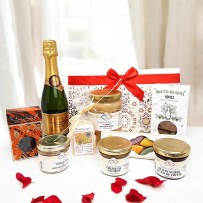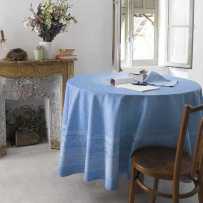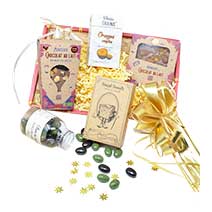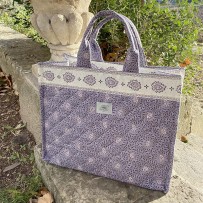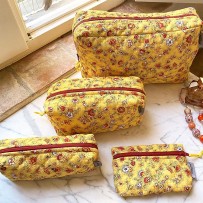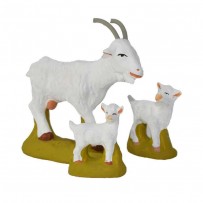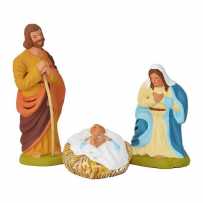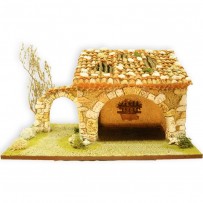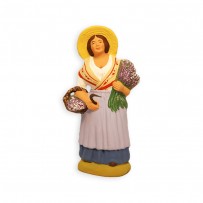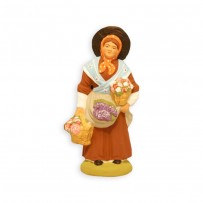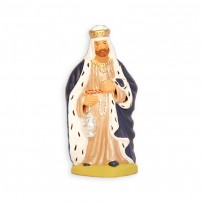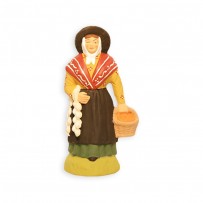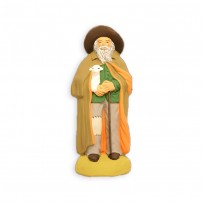Christmas ceramic figurines - The drummer
 Read the review
Read the review

You will appreciate the finesse of the details of this figurine, made of terracotta and hand painted, it is available in 6 and 9 cm (2.4 or 3.6") high.
Each subject is unique and stamped, made by a craftsman twice the best worker of France ... to create a sublime Christmas crib and amaze young and old! ...


Description & Product Details >>
For a personal quote, please Contact Us
Coordinates & accessories
Quality figurines
All our santons are real Provencal Christmas santons. They have been handcrafted in terracotta and painted by hand for 3 generations.
Each subject is first modeled by hand to create the mold. In production, each subject is hand painted, color by color, in oils and acrylics.

Christams figurines
In the crib, each character has a specific function to help recreate the Nativity scene surrounded by a village in Provence. Apart from the subjects of the stable, unavoidable, old Provencal trades are represented: baker, miller, shepherd, garlic seller, washerwoman, fisherman, and many others.
In fact, it is about reviving a village as if Jesus had been born in Provence: the angel Boufarèu (blower) announces the news to the shepherds. All the inhabitants converge on the stable to see the Newborn. They cross the hill, with their baskets of crops, their animals, go through the olive groves, and all the Provençal landscapes are represented.
So let yourself be transported by the magic of a Provençal crib, and immerse yourself in the world of santons, jovial and cheerful figurines. The spirit of Christmas is already blowing through your home!
Did you know?
The French word santon comes from the Provencal santoun which means "little saint". Originally, the living cribs were intended to recreate the scene of the Nativity in the churches, and since the Middle Ages under St. Francis of Assisi. But the French revolution banned them in public, which led families to use dummy figurines to continue the tradition in their homes.
These characters were made of different materials (paper mache, breadcrumbs, plaster). In Marseille, in the nineteenth century, the competition of Neapolitan merchants who sold santibelli, has generated a resistance from the Provencal santonniers. The latter imposed the cooked clay and proposed their creations on markets of santons. These are still very popular today, in parallel with the Christmas markets.
Product Details
- Santons
- Provence terracotta Santons made and painted by hand - available in 6 or 9 cm
15 other products in the same category:
Questions
No customer questions for the moment.




